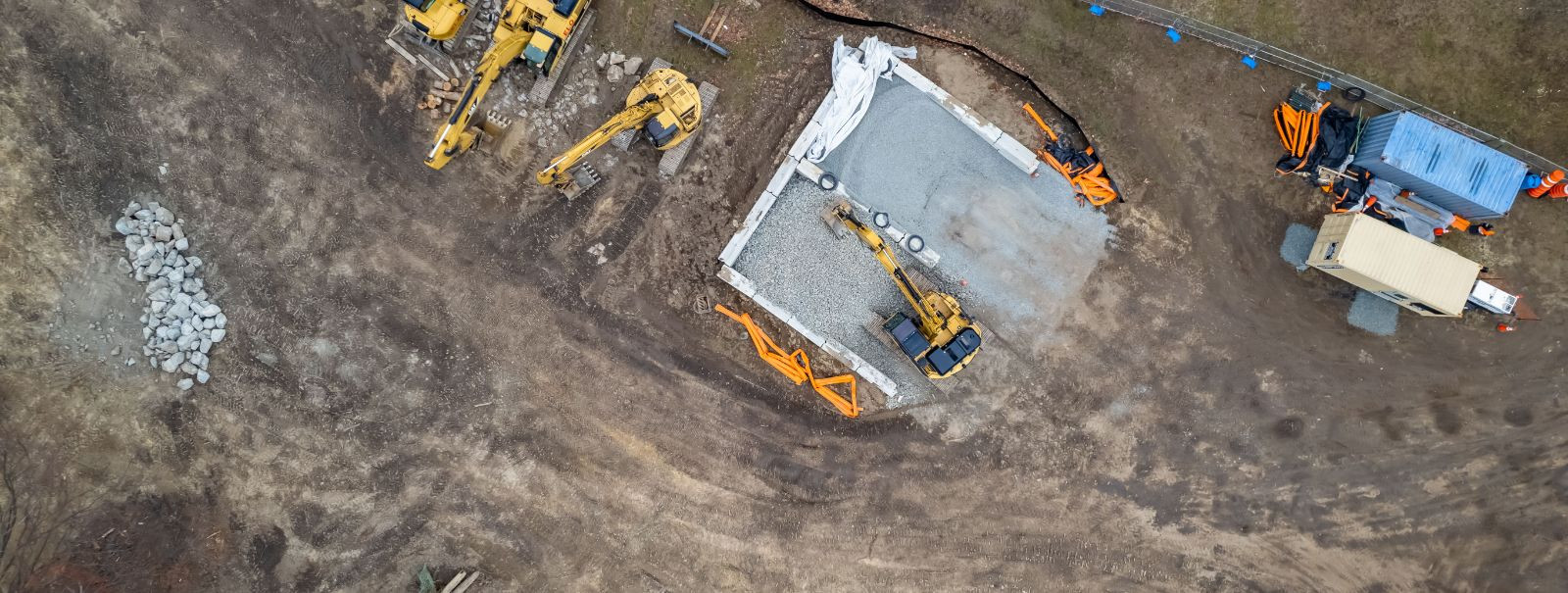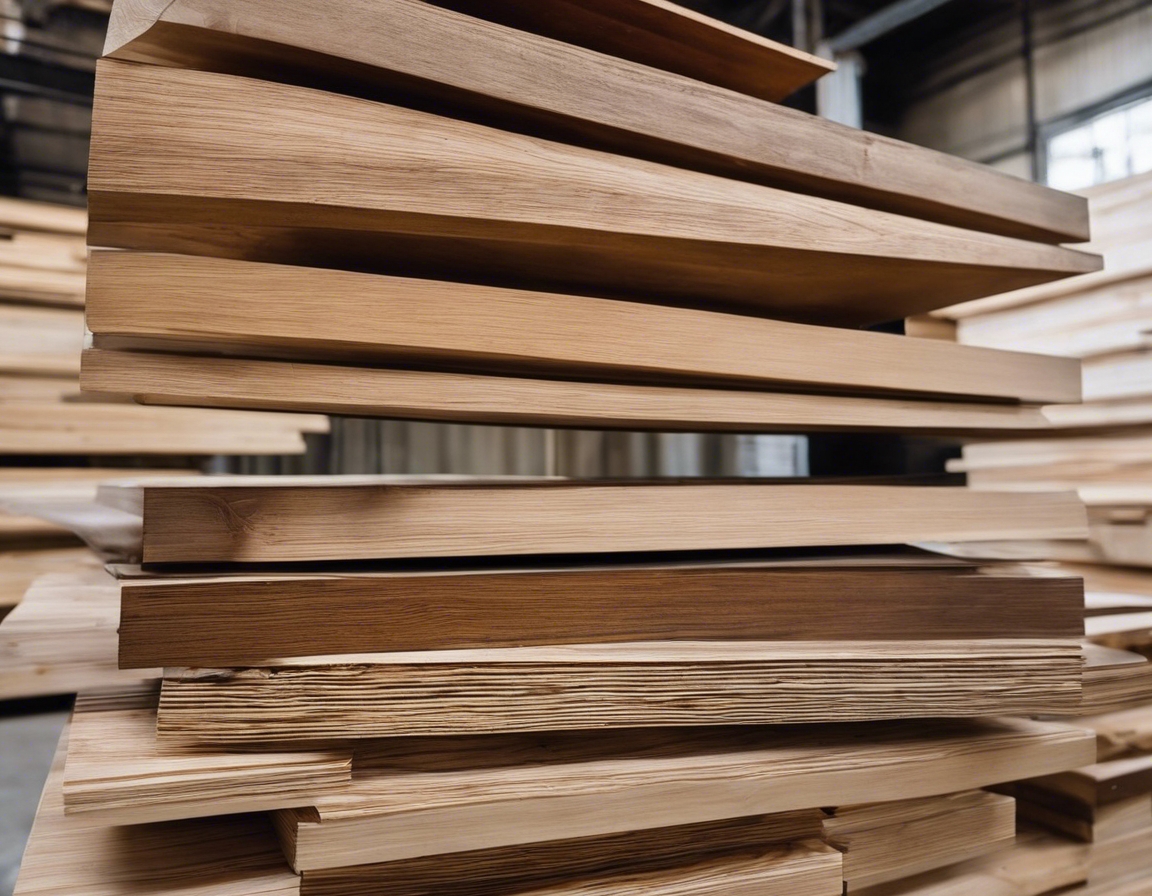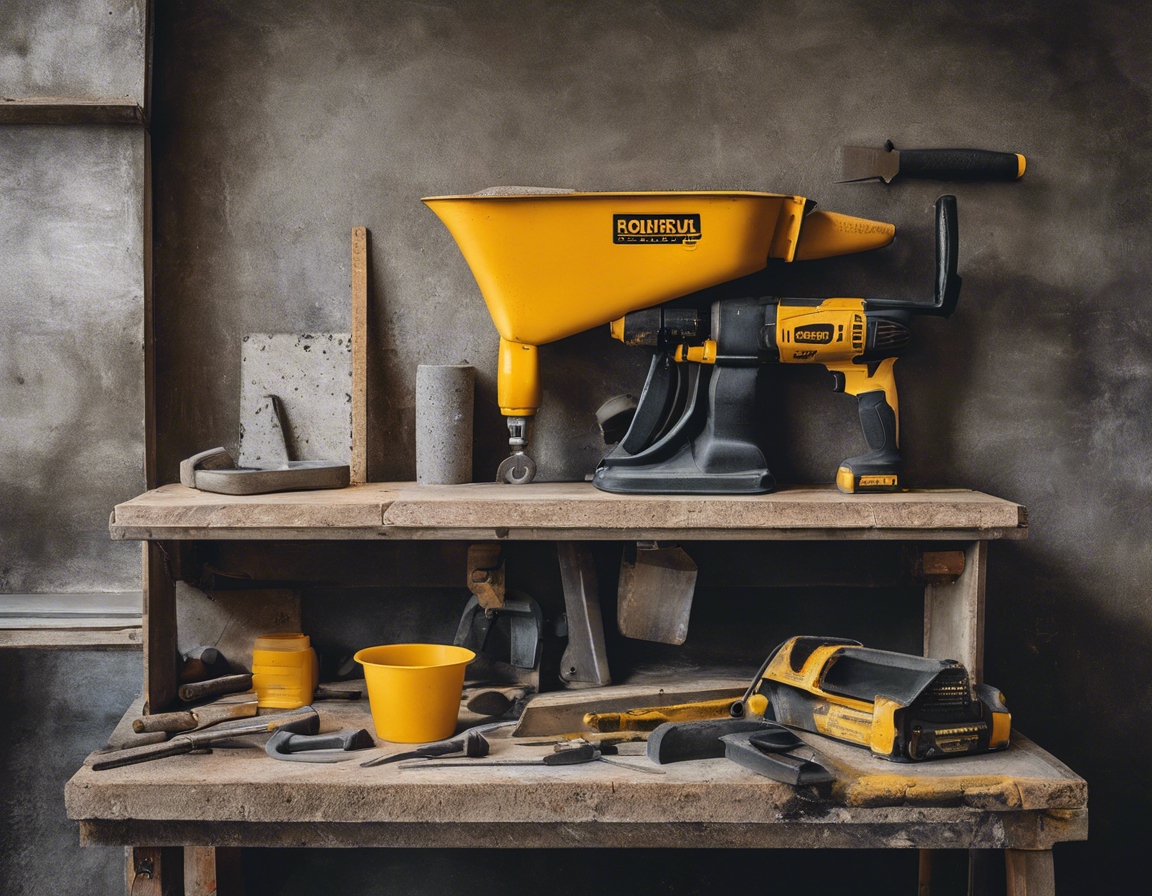Benefits of metal vs. wooden structures
When it comes to choosing materials for construction, the debate between metal and wooden structures is a long-standing one. Each material offers unique benefits and challenges, making the decision largely dependent on the specific needs and priorities of the project. In this blog post, we will explore the various advantages of metal and wooden structures, helping you make an informed decision for your next construction project.
Durability and Longevity
Metal structures are renowned for their durability and longevity. Metals such as steel and aluminum are resistant to many of the elements that can degrade other materials, such as moisture, pests, and fire. This resistance translates into a longer lifespan, often exceeding several decades with minimal maintenance. Metal's strength also allows for larger spans and open spaces without the need for additional support, making it ideal for commercial and industrial buildings.
Wooden structures, while not as inherently durable as metal, can still offer significant longevity when properly treated and maintained. Modern treatments and sealants can protect wood from moisture and pests, extending its lifespan considerably. Additionally, wood's natural flexibility can make it more resilient in areas prone to earthquakes, as it can absorb and dissipate energy more effectively than rigid materials.
Environmental Impact
Metal is often lauded for its recyclability. Steel, for example, can be recycled indefinitely without losing its properties, making it a sustainable choice for environmentally conscious builders. However, the initial production of metal can be energy-intensive and may have a higher carbon footprint compared to wood.
Wood is a renewable resource, and when sourced from responsibly managed forests, it can be one of the most sustainable building materials available. Wood also acts as a carbon sink, storing carbon dioxide that would otherwise contribute to greenhouse gas emissions. However, deforestation and unsustainable logging practices can negate these benefits, so it's crucial to ensure wood is sourced sustainably.
Cost Considerations
The initial cost of metal structures can be higher than that of wooden structures due to the price of materials and the need for specialized labor. However, the long-term savings in maintenance and durability can offset these initial expenses.
Metal structures typically require less maintenance than wooden ones, as they are less susceptible to damage from environmental factors. Wooden structures may require regular treatments to protect against moisture and pests, which can add to the overall cost over time.
Design Flexibility
Metal offers significant design flexibility, allowing for innovative architectural designs and large open spaces. Its strength-to-weight ratio enables the creation of structures that are both lightweight and strong, making it ideal for modern, sleek designs.
Wood provides a warm, natural aesthetic that is difficult to replicate with other materials. It is also easy to work with, allowing for intricate designs and customizations. Wood's versatility makes it a popular choice for residential buildings and projects where aesthetics are a primary concern.
Safety and Fire Resistance
Metal is non-combustible, making it an excellent choice for structures where fire resistance is a priority. It does not contribute to the spread of fire and can maintain its structural integrity at higher temperatures compared to wood.
While wood is combustible, modern fire-retardant treatments can significantly enhance its fire resistance. Additionally, heavy timber construction can char on the outside, creating a protective layer that slows down the burning process.
Insulation and Energy Efficiency
Metal structures can pose challenges in terms of insulation, as metal is a good conductor of heat. However, with proper insulation techniques, metal buildings can achieve high levels of energy efficiency, reducing heating and cooling costs.
Wood naturally provides good insulation, helping to maintain comfortable indoor temperatures with less energy consumption. This can lead to lower energy bills and a reduced environmental impact over the life of the building.






Comments (0)